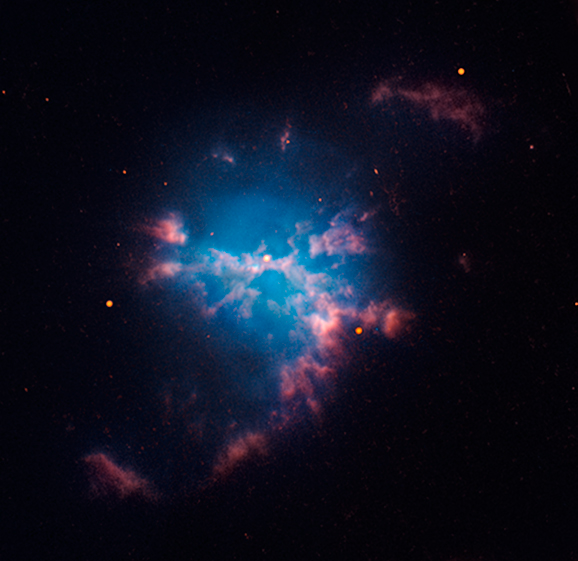Planetary nebulae are a fascinating astronomical phenomena, even if the name is a bit misleading. Rather than being associated with planets, these glowing shells of gas and dust are formed when stars enter the final phases of their lifespan and throw off their outer layers. In many cases, this process and the subsequent structure of the nebula is the result of the star interacting with a nearby companion star.
Recently, while examining the planetary nebula M3-1, an international team of astronomers noted something rather interesting. After observing the nebula’s central star, which is actually a binary system, they noticed that the pair had an incredibly short orbital period – i.e. the stars orbit each other once every 3 hours and 5 minutes. Based on this behavior, the pair are likely to merge and trigger a nova explosion.
Continue reading “Binary Stars Orbiting Each Other INSIDE a Planetary Nebula”

